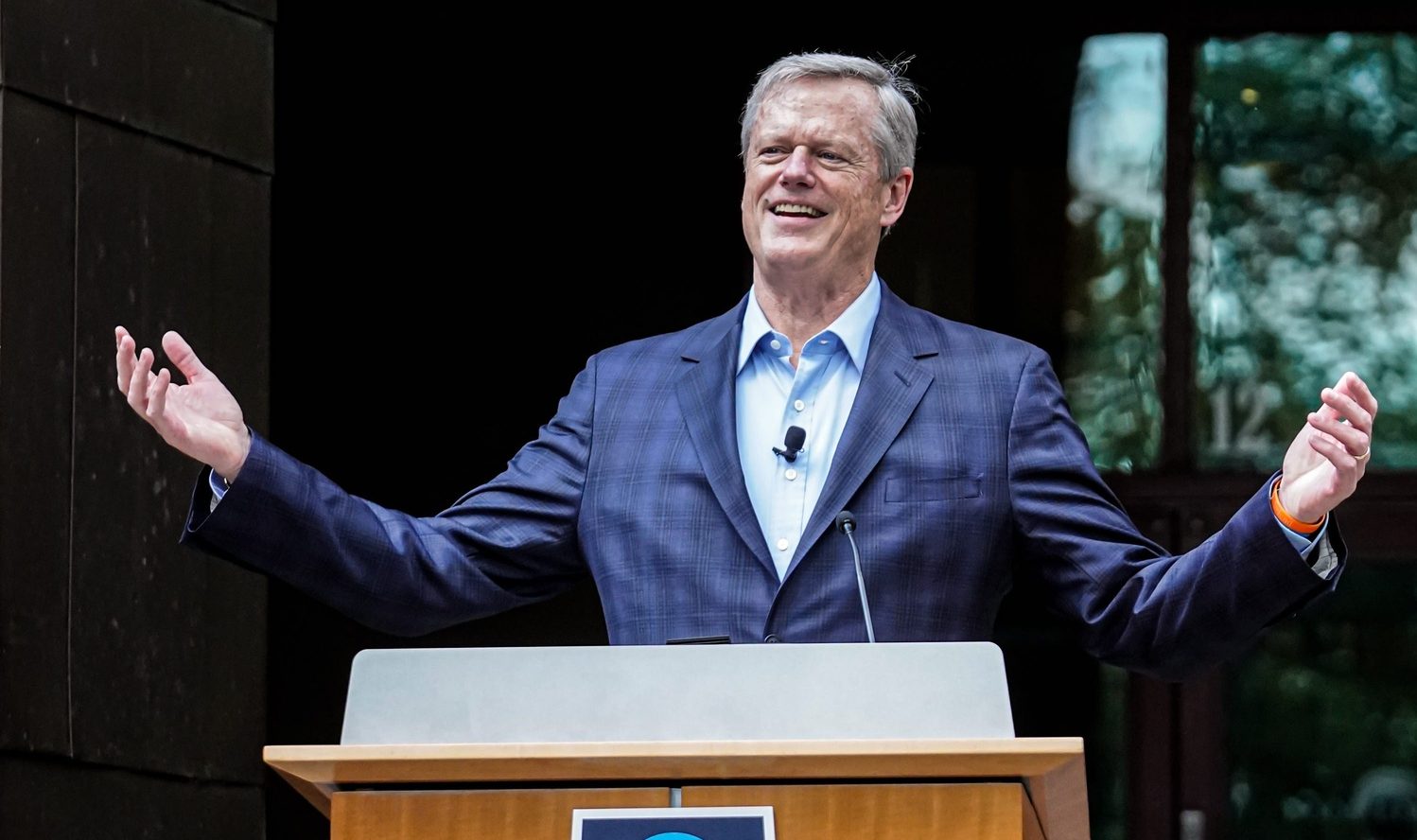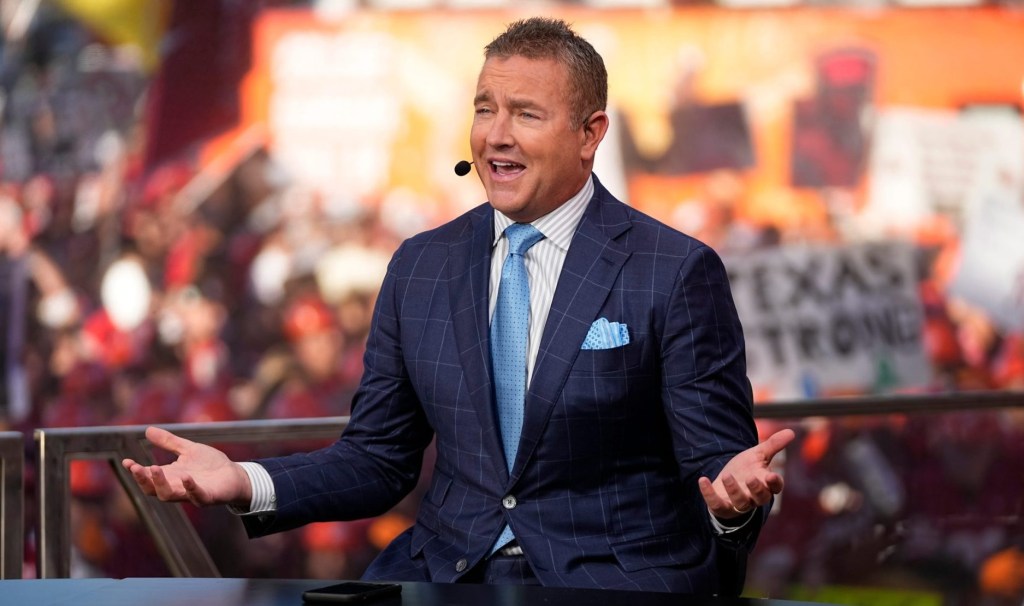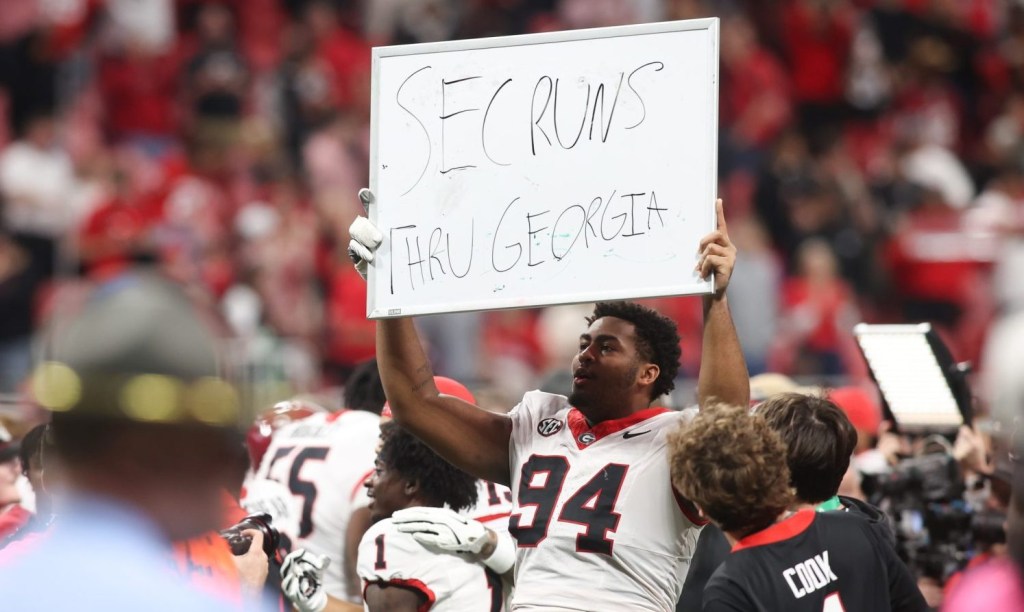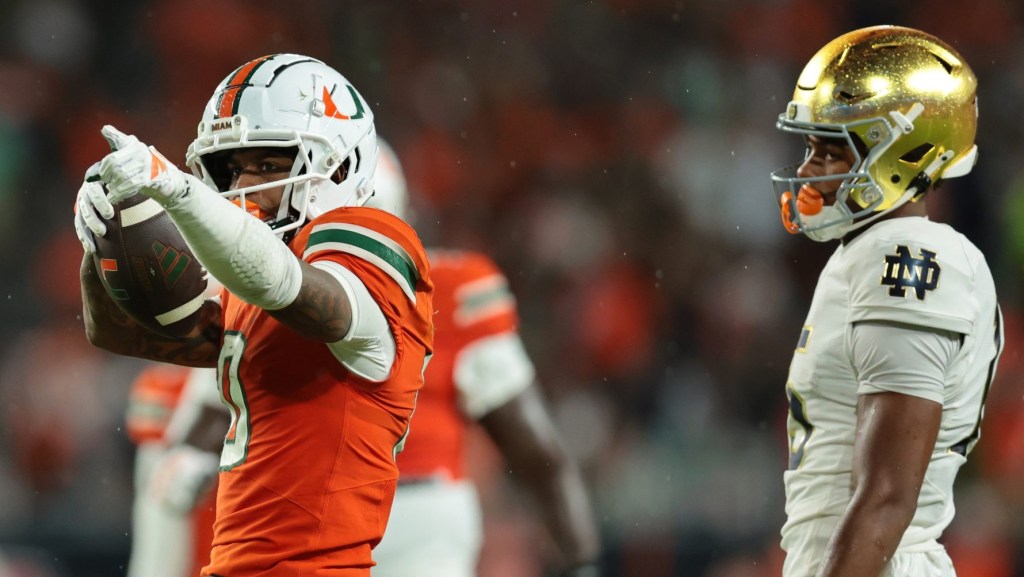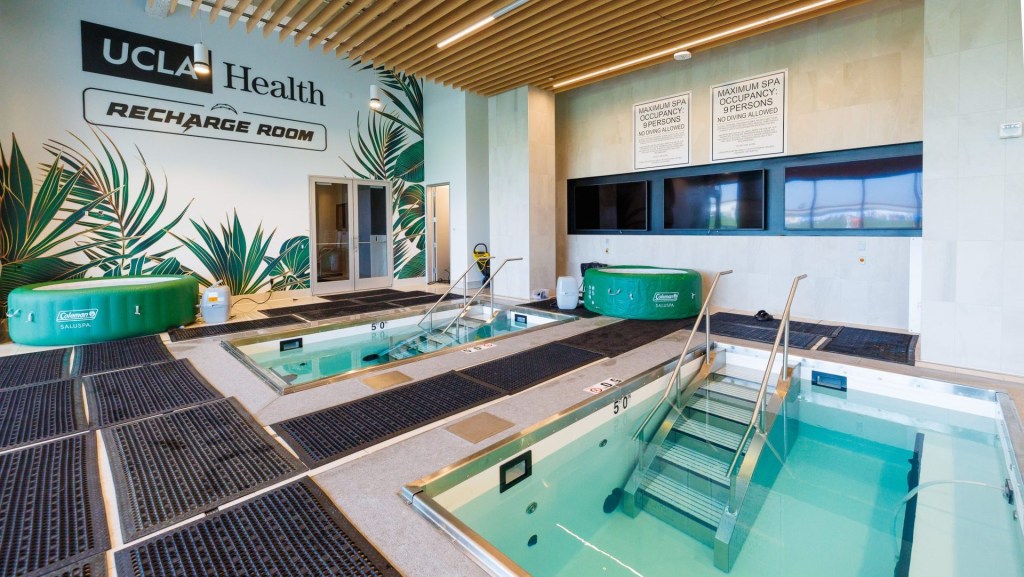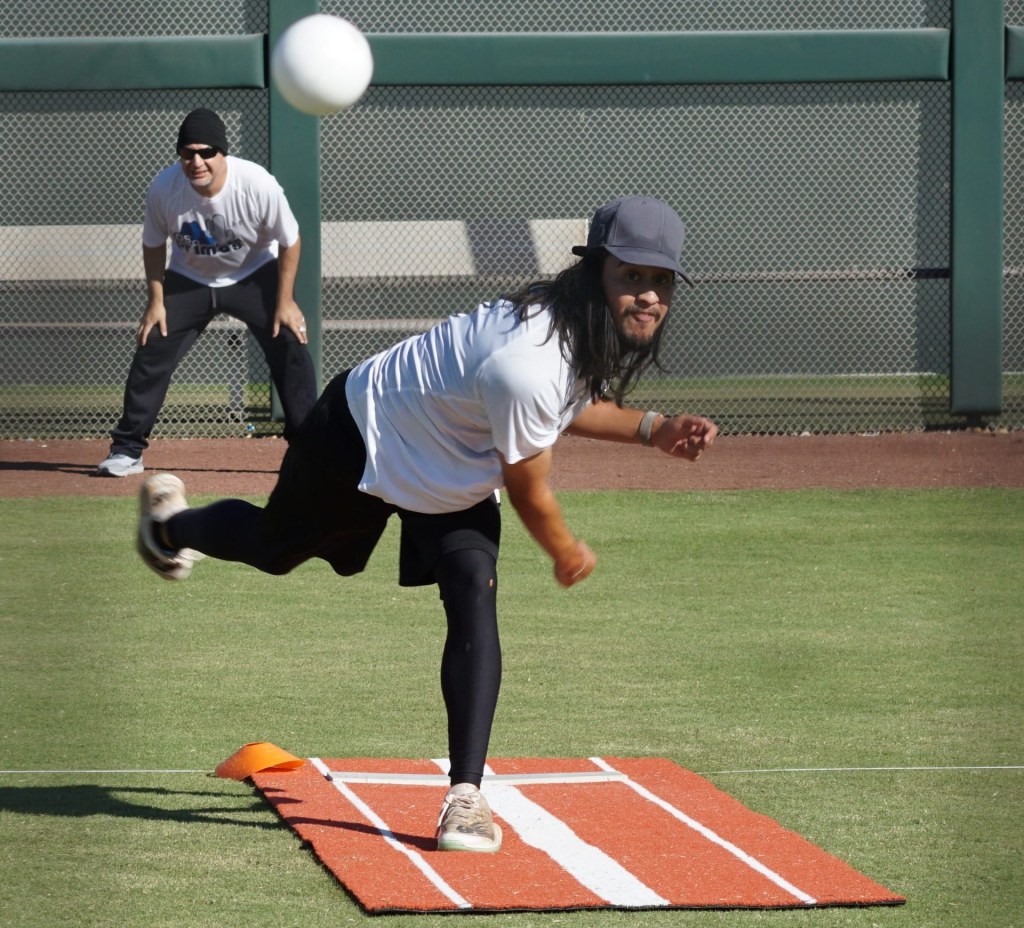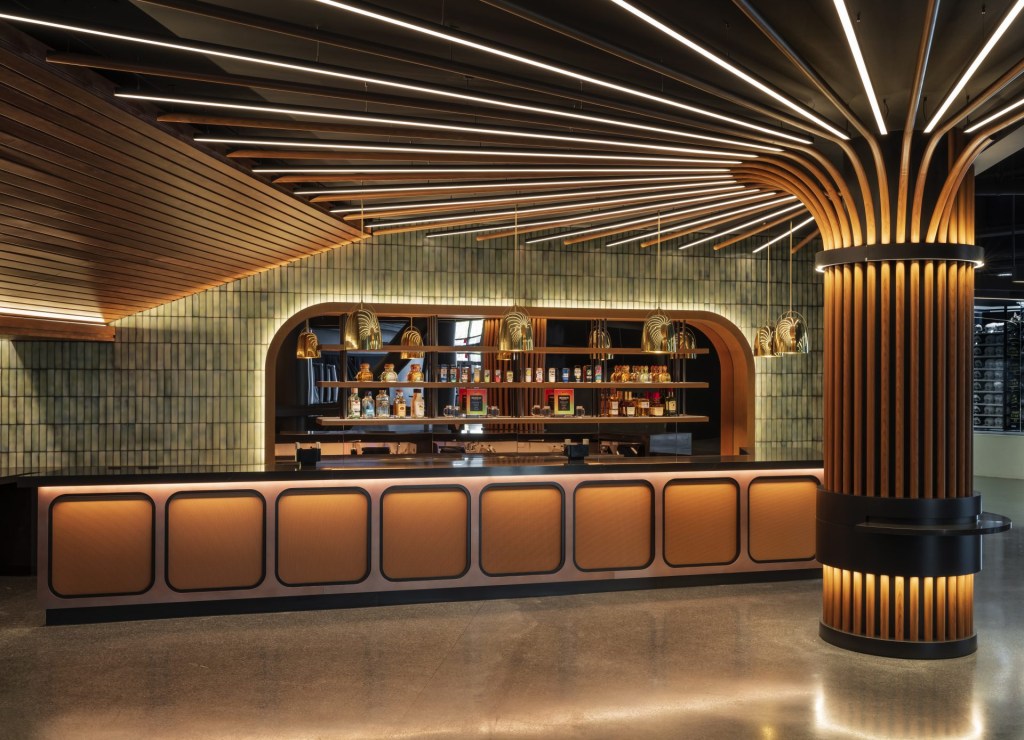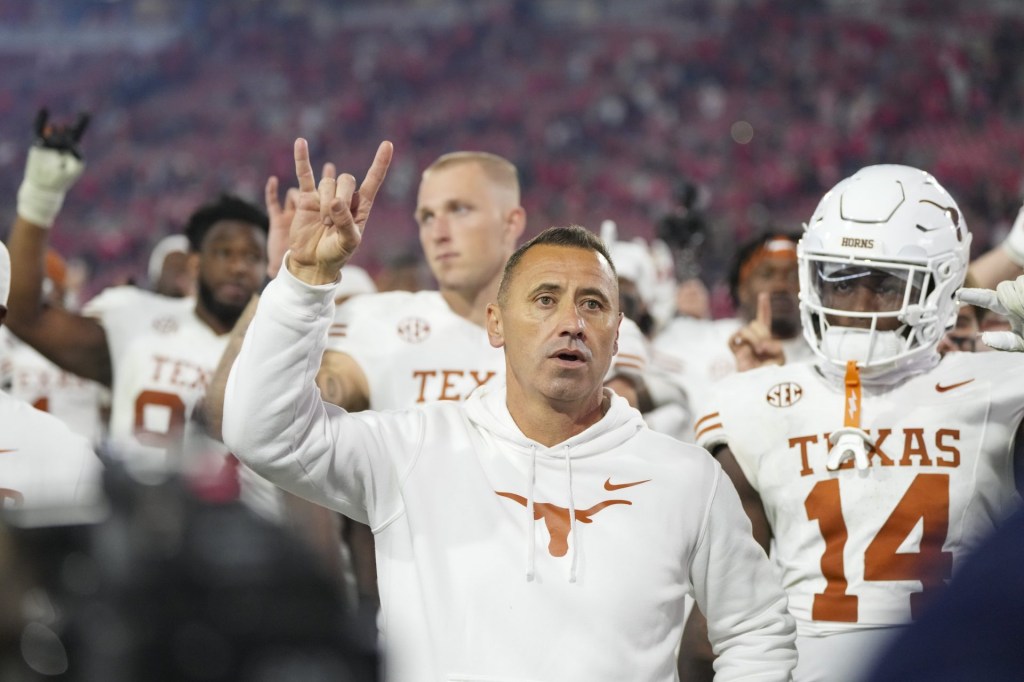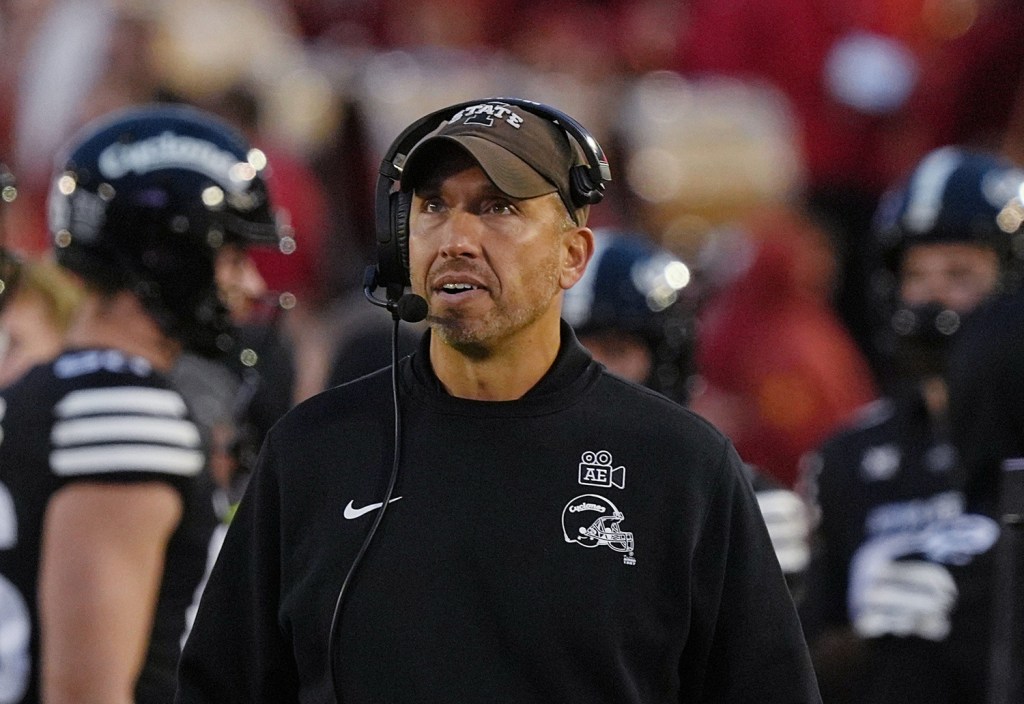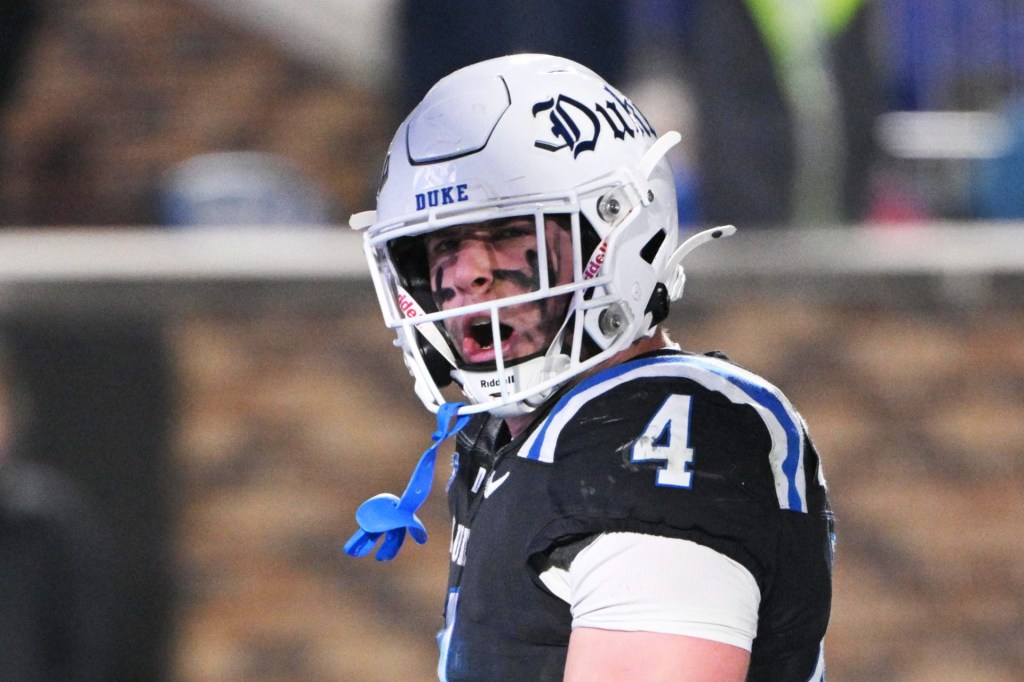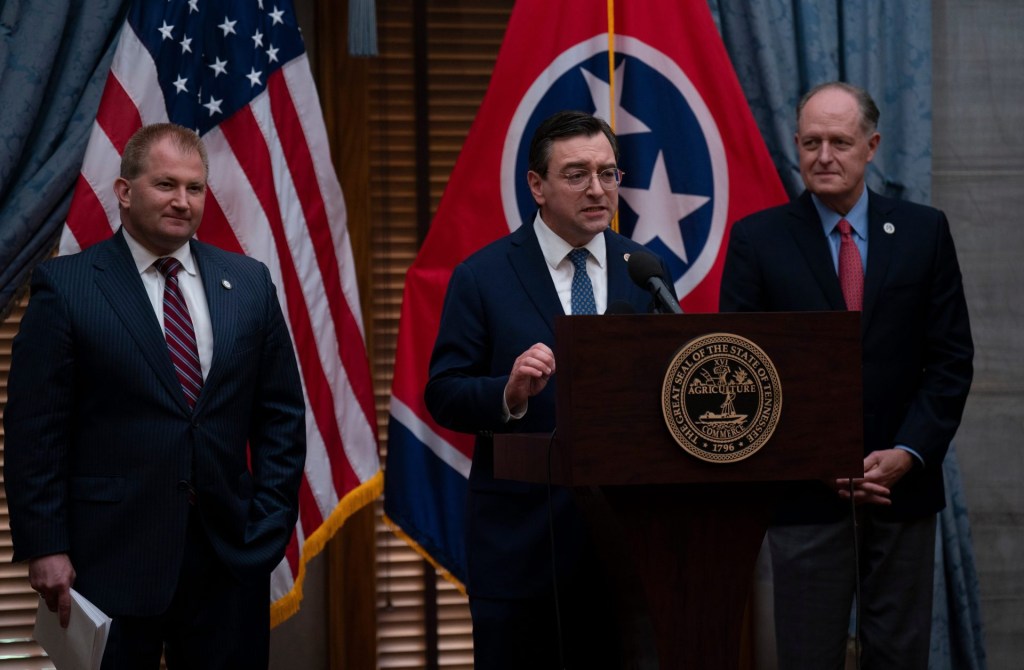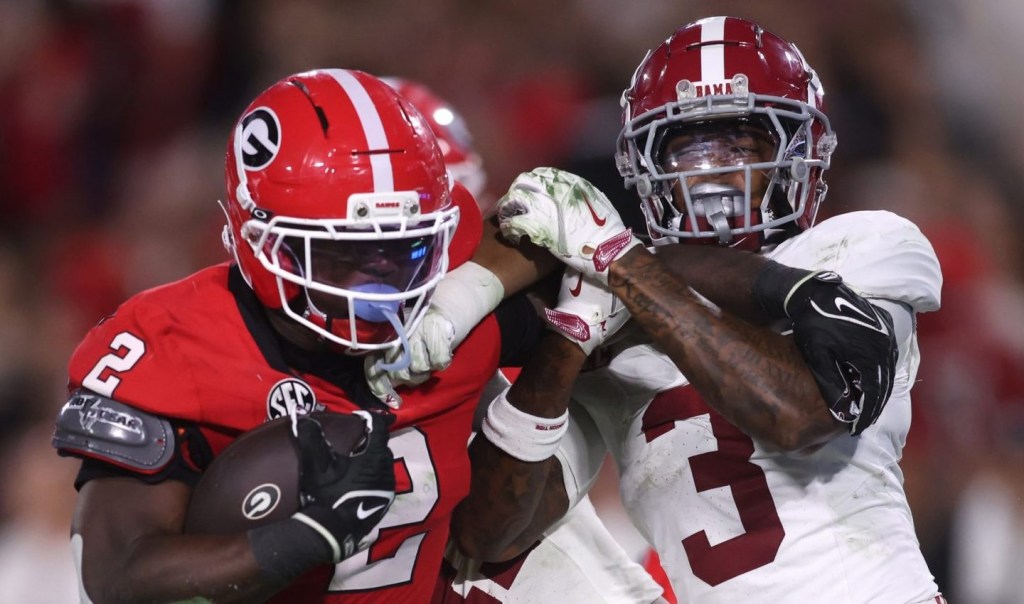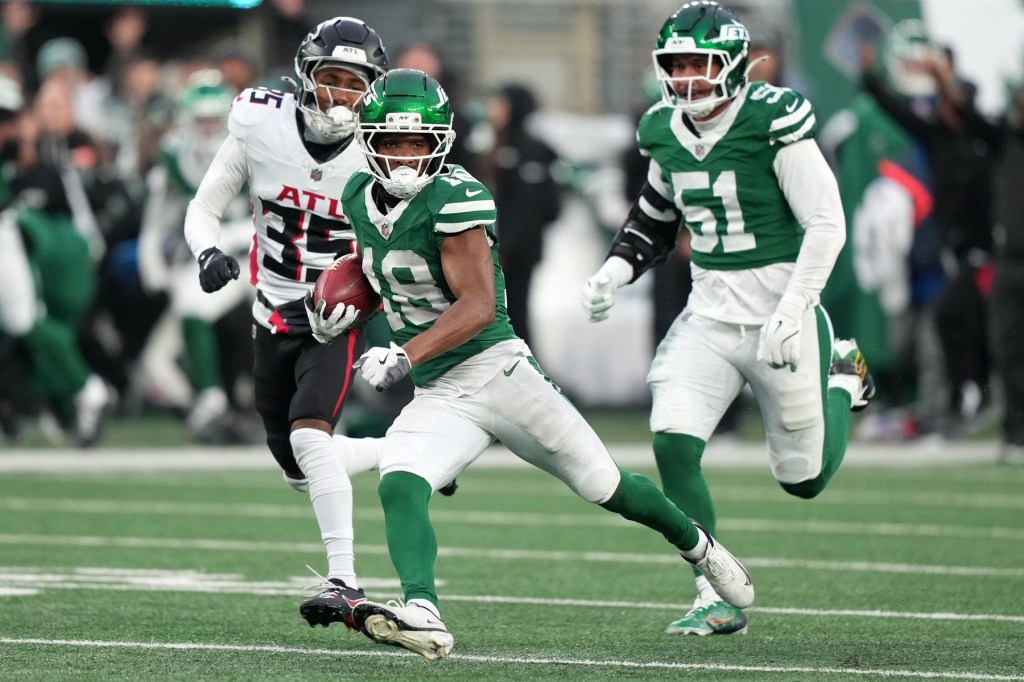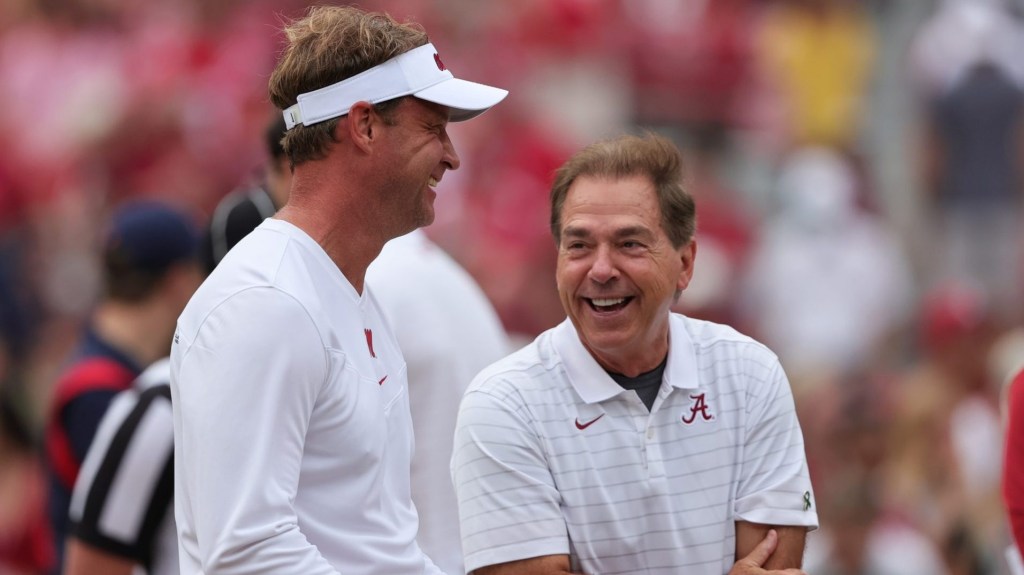SAN ANTONIO — On Monday night, Florida and Houston will face off in the NCAA men’s national championship game. Several hours earlier, in a courtroom in Oakland, Northern District of California judge Claudia Wilken will preside over an approval for the proposed House v. NCAA settlement—which would allow schools to pay players for the first time in NCAA history.
The hearing is slated to span several hours and conclude shortly before tipoff in San Antonio. It will feature testimony from some of the dozens of objectors to the proposed agreement, from lawyers to athletes like LSU gymnast Olivia Dunne, who have submitted concerns over the expected legality of new NIL restrictions and the revenue-sharing cap, gender disparities in payments, and negative impact of roster limits.
Wilken is not expected to issue a decision from the bench Monday afternoon, NCAA president Charlie Baker told reporters Saturday before the Final Four—but he hopes to glean insight into the way Wilken is leaning. If approved, the settlement would take effect next season and could have major implications for the future of athletic department composition and basketball-only schools.
What’s At Stake
The settlement, between a group of D-I athletes and the NCAA and power conferences for three lawsuits filed over the past few years, would offer $2.8 billion in damages to players who couldn’t earn NIL money before the NCAA changed its rules in 2021. It would also allow schools to share a portion of their athletic department revenue (earmarked as NIL earnings from appearing on broadcasts) with all players, beginning at $20.5 million this upcoming year.
The settlement is antithetical to the NCAA’s entire business model of “amateurism,” which holds that schools shouldn’t be allowed to pay players for participating on teams because they aren’t professionals. But the governing body and power conferences have agreed to it to save billions in damages if they lose at trial, as well as to maintain a modicum of control over future college sports compensation rules.
For example, the NCAA would be able to establish a clearinghouse for NIL deals offered by boosters and NIL collectives, with the ability to reject deals that may look like “pay for play.” Deloitte has created a software program to virtually adjudicate these deals, with appeals available through a third-party arbitration. The case would also eliminate scholarship limits but impose roster limits in their place.
Ultimately, the governing body hopes to use the settlement as a mechanism to parlay Congress into passing a law to protect from future lawsuits over compensation rules. “The message I got when I showed up [in Washington] was: clean up your own house, and then come talk to us,” Baker said. Without a federal law, the NCAA is still dealing with the unrestricted transfer portal and the question of athlete employment status, but he believes the NCAA has done everything it can to fix college sports up to this point.
The yearslong saga may not be over once Wilken reaches a decision, however. Baruch College Zicklin School of Business professor Marc Edelman says that “with the critical difference that the players in House are not unionized,” the proposed settlement harkens back to the White v. NFL case, in which a settlement was ultimately appealed. “Here, an appeal would be to the 9th Circuit and it is likely if approved by Judge Wilken, some from one, if not both sides, will appeal—perhaps harping on the imposition of a salary cap and other restraints without collective bargaining.”
